Bob Olthoff and his MGA Twin Cam Revisited: Part 2
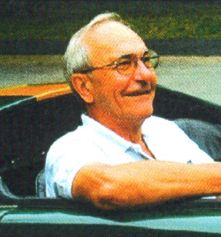
 The first part of this article included a précis of Bob’s story, looked at some aspects of it, set out how I proved Bob ran with a 1762cc engine in the 1962 Nurburgring 1000km race and how to go about getting an HTP if I built a replica of Bob’s car. Read the first part of this series on namgar.com.
The first part of this article included a précis of Bob’s story, looked at some aspects of it, set out how I proved Bob ran with a 1762cc engine in the 1962 Nurburgring 1000km race and how to go about getting an HTP if I built a replica of Bob’s car. Read the first part of this series on namgar.com.
I built the replica, based on YD1/1282 and registered as YRX 800, of Bob’s MGA Twin Cam, YDH5/929 registered as TK13320 in South Africa and later YRX 310 in the UK. It replicated Bob’s car as it entered the Nurburgring 1000km races in 1961 and 1962 and the 1961 Tourist Trophy. I obtained an HTP with two alternative engine capacities, 1588cc and 1762cc.
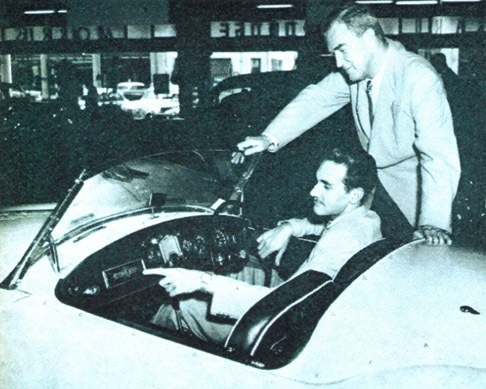
Bob’s original car, YRX 310, is owned by Michael Eaton in the USA and I am indebted to him for his support, encouragement and for the many hundreds of photographs, e-mails and measurements he sent me which enabled me to build my car.
Building the replica, and the challenges that created, is a whole other story.
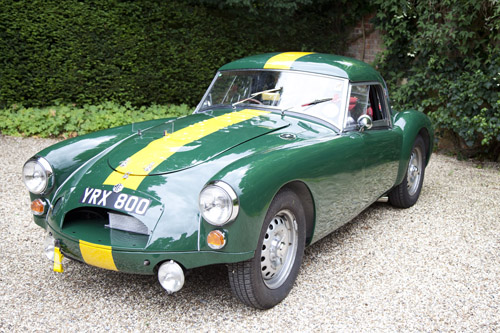
Back to Bob and his Story.
Bob’s Big Break
Bob’s really big break was landing a job at Abingdon and, not only a job, but one that gave him both time to work on his car and the parts to make it competitive. In reality it made him a works privateer.
Bob came fifth in his first South Africa race in 1959 in his Twin Cam, a race run with Abingdon support. He was inveigled into buying his car and entering this race by Noel Horsfield who promised him that he could jump the queue and get the first CKD MGA Twin Cam in South Africa by agreeing to enter. Horsfield was sales director of the South African MG agents and a friend of John Thornley, the MD at Abingdon,
Bob flew to the UK with his new bride, Helene, in March 1960 with seemingly limited funds and with the sole intention of furthering his racing career. Bob requested money for their trip in lieu of wedding presents and left his Twin Cam behind in South Africa.
As Bob told it in 1962, in the fortnight after arriving he asked Colin Chapman of Lotus for a drive with no success and he may well have approached others. He then travelled to Abingdon and met Thornley. MG themselves did not race so any request by Bob for a works drive would seem somewhat unlikely. Nevertheless after a factory tour and a cup of tea Thornley offered Bob a job in the Show Shop under Tim Binnington. When Bob did not turn up at Abingdon to start work as anticipated Thornley enquired as to why not. It transpired Bob had a £30 unpaid bill at the Overseas Visitors Club in London which he could not settle. Thornley paid Bob’s bill, Bob moved to Abingdon and then subsequently to Botley, near Oxford.
Bob says he sent for his Twin Cam which his father shipped to him and it duly arrived, damaged in transit, sometime prior to the beginning of June 1960. Bob, having competed in South Africa on 18 March 1960 was back out on track again on 3 June 1960 in an MGCC event at Silverstone. Not only was he out on track with a repaired car and a rebuilt engine but he was leading the race until his visor fell off. He finished second. The engine was rebuilt and the in-transit damage repaired at Abingdon although how the impoverished and newly employed Bob, on £12 a week, paid for this work, always assuming he did pay, must remain an open question.
This sequence of events, as Bob told them, whilst entirely possible, are somewhat implausible. Bear in mind that Bob would, back in 1962 and as an ongoing MG employee, have had to relate his story very much from the standpoint of MG not supporting works entries. This included Bob maintaining an image as a privateer rather than MG employing him as a works entrant.
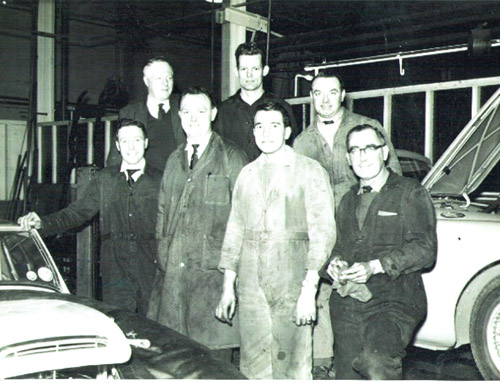
It is also possible, even likely, that Bob’s potential employment at Abingdon was an option set up prior to Bob leaving South Africa. The advantages it offered both parties, particularly MG, cannot be overestimated. Whilst Bob may well have preferred a works drive, the fallback position at MG offered him a job which paid him and gave him racing support. MG, on the other hand, got far more.
MG acquired a shop floor employee in a role that could be both afforded and, if necessary, hidden. An employee who was a racing driver with both a track record and a competitive car. Bob was also an experienced mechanic who could work in the factory and on his own car.
Not only had MG acquired a works privateer but they had acquired one with no connection to the motor racing establishment.
Bob’s relationship with MG was unique in so far as no UK driver, because of the ‘class or money or both’ issue as pointed out later, could or would have taken a factory floor job. The reference in Bob’s 1961 Autosport letter, when complaining about not getting race entries, to “… not spend[ing] enough time in various well known clubs.” says a great deal. Bob was an outsider and the Autosport letter, if taken at face value, makes it clear he felt he was treated as an outsider.
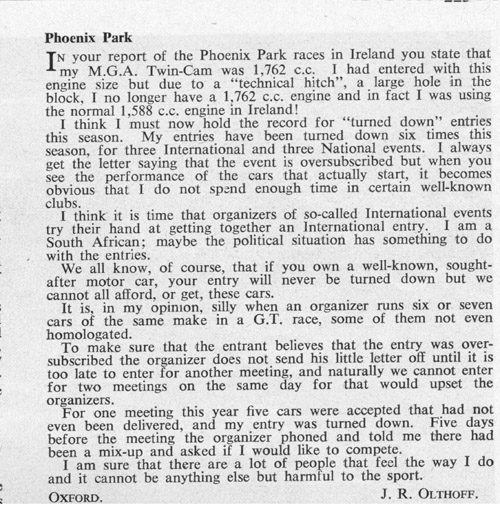
Although Bob did some regular factory related work, as well as some competition developments, he also worked on his own car which further supported the ‘MG do not race’ position.
Whatever Bob’s and MG management’s expectations when they started out together in 1960, I suspect that by 1961 the relationship had become closer and it is against this background that events in 1961 should be viewed.
Revisiting 1960 and 1961
Researching Bob raised as many questions as answers. Why the Holt story and why the delayed registration in the UK being but two examples. A bigger question however lay back in 1961. To put that question into context it is helpful to look not only at how Bob and MG came to work together but also at the various factors affecting MG and both the domestic and international scene at that time.
MG had not competed in circuit races since the 1955 Le Mans tragedy followed by the deaths at Dunrod later that year. Although MG competed in rallies with considerable success nevertheless after 1955 circuit racing remained embedded in the MG culture and brand image. In fact MG did race in this period but they did it by proxy and they did it clandestinely.
MG supported entries overseas and in the UK. The possible exception to the racing ban was Sebring, but even that was largely handled through the North American agents rather than as factory entries. From 1959 through 1962 the factory prepared a full complement of works cars for the race which was very important to MG’s largest export market. The 1960-1962 cars were even tested in the UK prior to the race. In 1961 Bob was part of the testing and joined the team at Sebring as a reserve driver and mechanic. By 1962 it seems the racing ban was relaxed somewhat and the cars were entered by Ecurie Safety Fast, UK. Although he did not get to drive in 1961, he returned in 1962 with the factory as a driver. Both the 1961 and 1962 efforts were push rod “Deluxe” coupes.

Bob’s first race in his Twin Cam in South Africa was in a six hour race where there was an MGA Twin Cam team entered by the local agents with competition parts shipped over from Abingdon for the race.
Ted Lund’s entries in SRX 210 at Le Mans in 1959, 1960 and 1961, although notionally entries by MGCC North West, were in practice fully factory supported.
Favoured privateers such as John Gott or Dick Jacobs, with his ‘MTW’ Twin Cams, and a number of others received factory support to varying degrees.
The budget for this clandestine activity was often hidden in the EX system used by MG to document and account for various engineering initiatives. In the case of the Twin Cam this was the EX187 file.
In 1960, when Bob joined MG, the Twin Cam had just been discontinued, sales of the MGA were beginning to slow and the MGB was still two years away. MG would have been keen to maintain the MGA’s competition image.
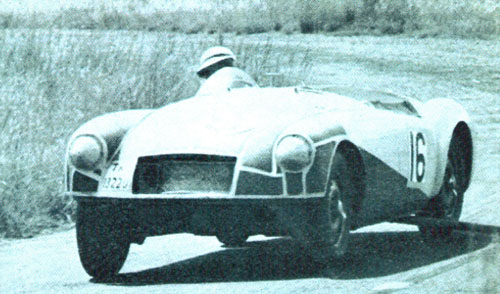
Over the same period the MGA had become uncompetitive. In 1960 SRX 210 had a great result at Le Mans and Dick Jacob’s team did likewise domestically in the Autosport Championship but by 1961 this was history. The serious privateers had largely moved on, Dick Crossfield being a notable exception, and Bob’s car was in essence the only competitive MGA Twin Cam in evidence in anything approaching serious races. That having been said Richard Ide raced a push rod car in the 1961 Nurburgring 1000km but that was as much about endurance as speed.
At that time UK racing drivers formed a pretty homogeneous group based around both class and money. If you had either, and preferably both, the perception and the reality was that you were admitted to the ‘club’, got race entries and people acknowledged your existence. Otherwise you struggled. Talent had the potential to overcome these challenges but to demonstrate talent you needed opportunity and opportunity was hard to come by if you were not in the ‘club’. Bob was not in the ‘club’ initially and struggled to get into it. Being elected a member of the BRDC in 1962 was a big step along the way, hence possibly the Holt story. Whether Bob was ever fully accepted by his peers we will never know.
Another factor was the international picture where Apartheid had become a significant issue especially following the Sharpville massacre in March 1960. Apartheid was seen as a principally Afrikaner issue and Bob was an Afrikaner.
The above, along with an analysis of the circumstances leading to the Autosport letter of August 18 1961, the day before the prestigious Tourist Trophy at Goodwood, may help explain both MG’s and Bob’s approach to the 1961 season.
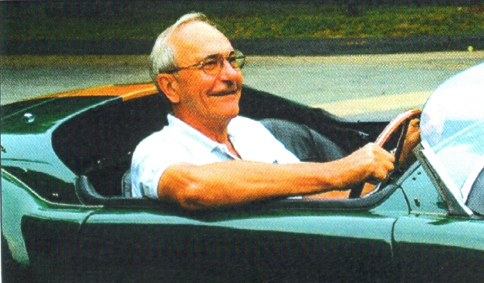
To be continued…..
NAMGAR would like to thank Andy Knott, Editor Safety Fast!, and author, Edward Vandyk, for their permission to reproduce this article.

